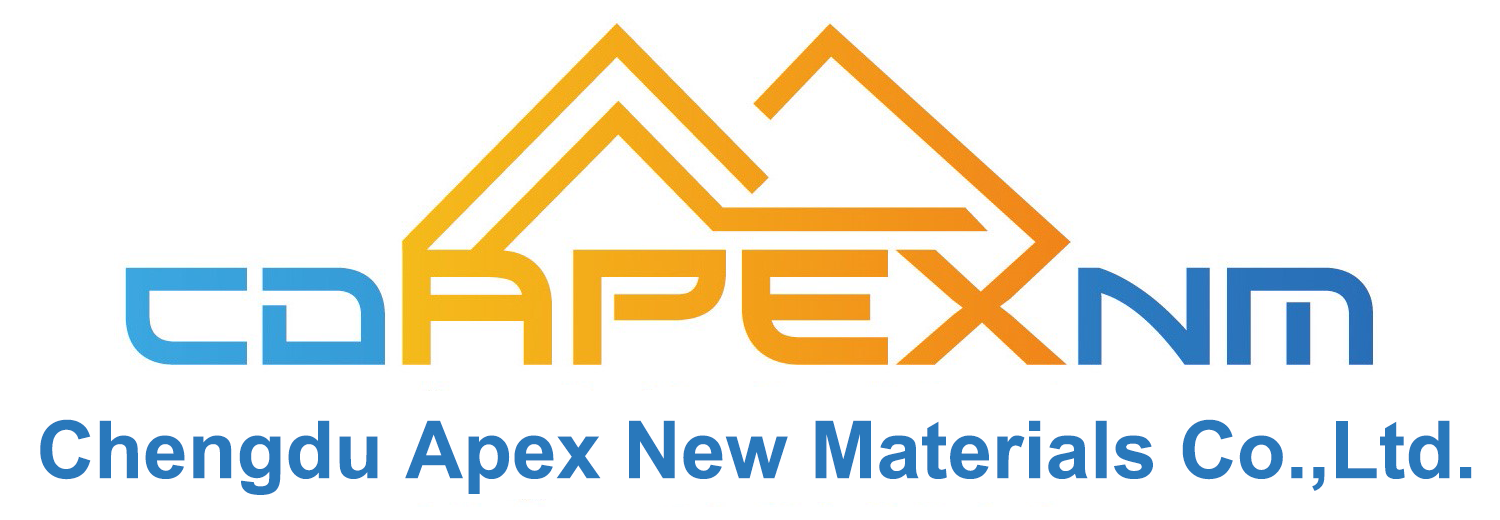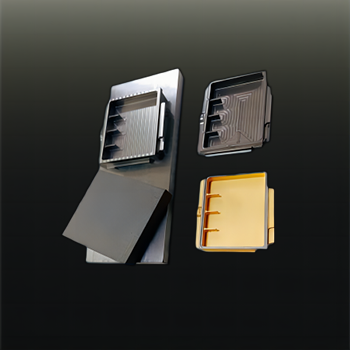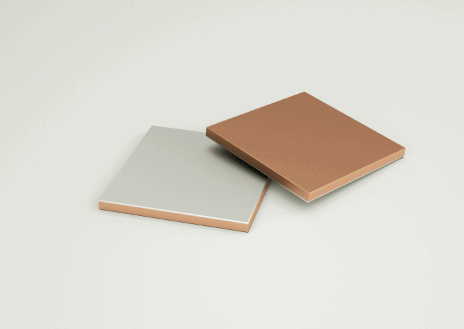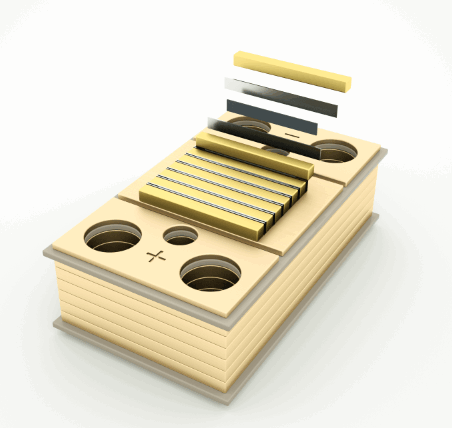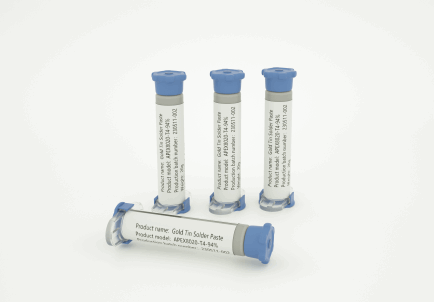The Key Role of Solder Paste and Flux in PCB Assembly | Apex New Materials
The Role of Solder Paste and Flux in PCB Assembly
In printed circuit board (PCB) assembly, both solder paste and flux play vital roles in ensuring reliable connections between electronic components. Understanding their purposes and differences is essential for achieving high-quality soldering and product performance.
What Is Solder Paste?
Solder paste is a paste-like material made by combining fine solder powder with flux. Its primary functions include:
- Securing components: Before reflow soldering, solder paste acts as a temporary adhesive to hold components in place on the PCB.
- Creating solder joints: During heating, the solder in the paste melts and forms a strong electrical connection.
Solder paste comes in two main types: leaded solder paste and lead-free solder paste, with the choice depending on application needs and environmental standards.
What Is Flux?
Flux is a chemical cleaning agent that serves key purposes in the soldering process:
- Removing oxides: It cleans metal surfaces to ensure the solder adheres effectively.
- Preventing reoxidation: Flux shields metals from reoxidizing during soldering, enhancing the bond quality.
Flux is available in various forms, such as rosin-based, water-soluble, and no-clean flux, and should be chosen based on the soldering method and product requirements.
Solder Paste vs. Flux: Key Differences
While solder paste and flux are both essential, they serve distinct purposes:
- Composition: Solder paste is a mixture of solder powder and flux, while flux is purely a cleaning agent.
- Function: Solder paste provides solder and holds components in place, whereas flux focuses on cleaning and promoting solder flow.
In practice, solder paste is typically used in surface mount technology (SMT), while flux is widely applied in wave soldering and manual soldering.
How to Apply Solder Paste
Correct application of solder paste is critical for achieving reliable solder joints. Common methods include:
- Stencil printing: This technique uses a stencil to precisely deposit solder paste onto designated areas of the PCB.
- Dispensing: Specialized equipment is used to apply solder paste to specific locations.
The choice of method depends on PCB complexity, component density, and production requirements.
Selecting the Right Flux
When choosing flux, consider the following factors:
- Compatibility: Ensure the flux is compatible with the solder and substrate materials.
- Residue: Depending on product needs, select a flux that requires cleaning or leaves minimal residue.
- Activity level: Match the flux’s activity to the difficulty of the soldering process.
The right flux can significantly improve soldering quality and minimize defects.
Apex New Materials: Your Trusted Partner for High-Performance Solder Solutions
When it comes to high-reliability soldering applications, selecting the right solder is crucial. Apex New Materials offers a wide range of premium solder products, including Au80Sn20 solder preforms, known for their high strength, excellent thermal conductivity, and corrosion resistance. These are ideal for applications demanding high melting points and durability.
Learn more about Au80Sn20 solder preforms and explore how Apex’s solutions can elevate your soldering processes.
By combining the right solder paste and flux with high-quality products like those from Apex New Materials, you can achieve superior PCB assembly results and meet the demands of today’s advanced electronics.
